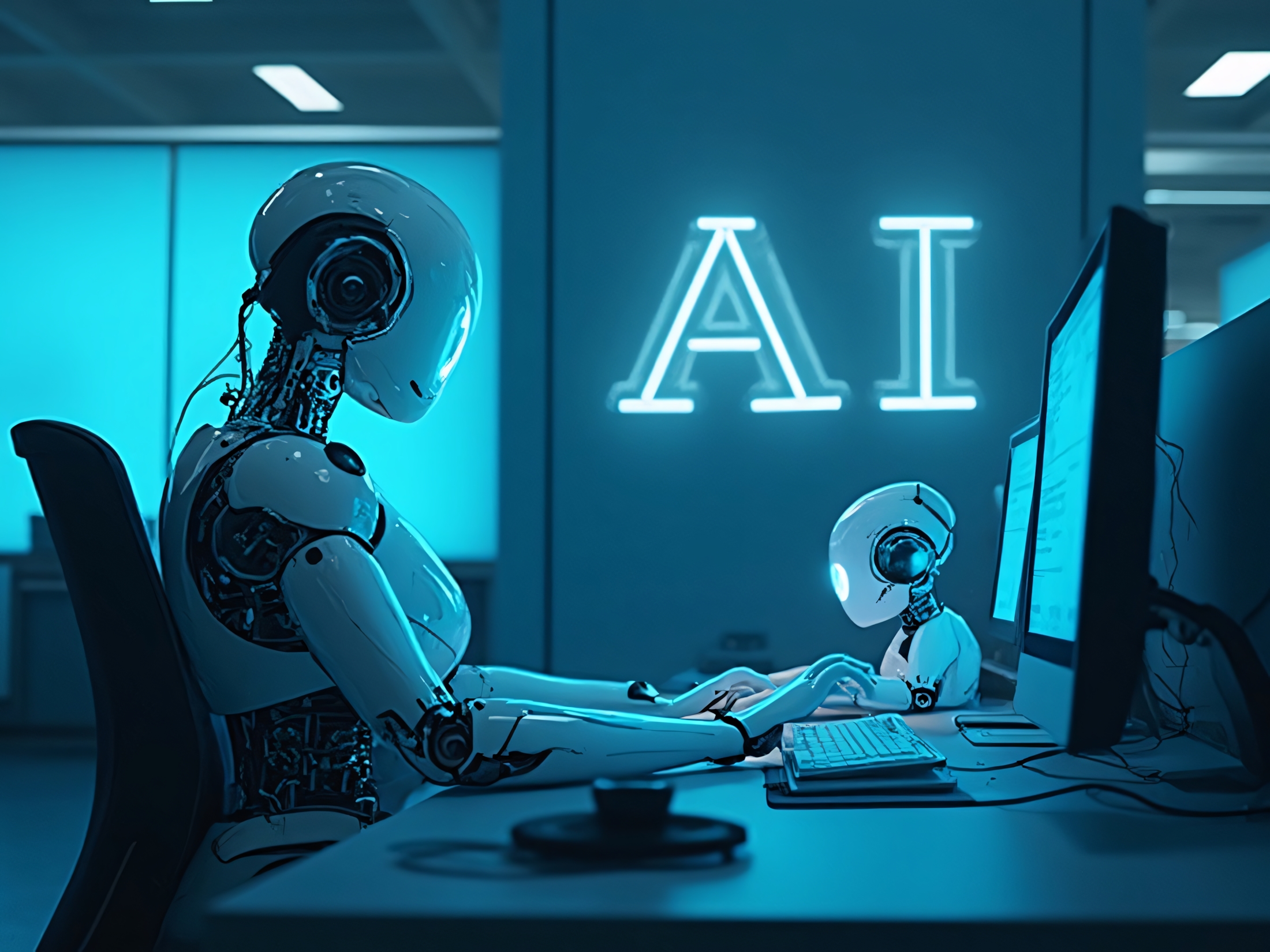
Behind the polished responses of AI platforms lies a lesser-known truth: workers from emerging economies, such as Africa, Latin America, and Asia, were paid less than $2 per hour to sift through graphic and traumatic content to help train their safety systems. This labor practice has sparked global concern, lawsuits, and calls for ethical reform in the AI industry.
Artificial intelligence is the crown jewel of modern enterprise – a sector exceeding $500 billion, reshaping everything from banking to healthcare. However, the truth is that behind every chatbot, image generator, and recommendation engine are armies of human workers who perform tasks that AI can’t handle, including labeling data, filtering toxic content, and correcting machine errors.
Without them, the algorithms would collapse, and the irony is hard to miss. AI is at risk of becoming the digital frontier for labor malpractice and a new form of unethical conduct. If businesses and innovators don’t act, AI’s promise could unravel under the weight of its own contradictions.
Co-Founder of Pundi AI.
The Invisible Labor Fueling AI’s Rise
It is tempting to believe that AI systems are self-sufficient, refining themselves through endless feedback loops of data and computation. The reality, however, is far more complex. AI systems don’t clean or train themselves. The scale of this hidden labor crisis is staggering. Major gig platforms employ millions to annotate data, correct model errors, and sift through violent or explicit content.
These gig workers are outsourced from countries in the Global South, such as Kenya, India, and the Philippines, who prop up the $8 billion industry that powers the AI revolution. These workers are often highly educated but take on these jobs because better opportunities are scarce. They sign up believing they will contribute to cutting-edge technology, only to find themselves trapped in digital piecework. Pay is low, mental health support is rare, and job security is virtually nonexistent.
Why haven’t businesses fixed this? Because it’s cheap and easy to ignore. However, it comes with growing risks. Consumers and regulators are already beginning to question the ethics of AI supply chains. The European Union’s AI Act and similar efforts globally are setting new expectations for transparency, fairness, and accountability. Companies that fail to address the human cost of AI could face reputational damage, regulatory fines, or worse – a collapse of trust in the systems they have built.
Web3 might be the overlooked fix AI desperately needs
The promise of Web3 – decentralization, transparency, and user empowerment – directly addresses many of the failings in AI’s hidden labor ecosystem. Yet these tools remain largely untapped by enterprise AI, which is clearly a missed opportunity.
Decentralized Autonomous Organizations (DAOs) offer a way to embed genuine transparency and fairness into AI’s supply chains. Unlike traditional gig platforms, where decisions about pay, task selection, or working conditions are made behind closed doors, DAOs make every decision transparent and visible.
Every vote cast, every rule change, and every payment to a contributor is stored on a public ledger, creating an auditable trail that cannot be altered after the fact. This means that anyone, from participants to external auditors, can trace who made the decisions on ‘what, when, and how’. Immutable payment records eliminate the disputes that plague opaque gig work, while public governance logs ensure that power isn’t concentrated in the hands of a few.
Real-world examples are beginning to show what’s possible. Some decentralized employment platforms enable independent workers to collectively manage their pay structures and benefits, with all transactions and decisions recorded on-chain for complete transparency.
Others apply similar principles to research and contributor projects, where rules around compensation and project selection are codified in smart contracts, leaving little room for hidden decisions or unfair practices.
These models exist and are effective, but the reality is that enterprise AI has shown little interest in adopting them so far.
The Limits and Urgency of Change
Many enterprise AI leaders cling to the idea that ethical supply chains are simply too expensive – an unfortunate cost that doesn’t fit the margins demanded by investors or customers. But this is a myth that Web3 technologies can finally dismantle.
Web3’s value isn’t limited to ethics; it offers efficiency gains that traditional systems struggle to match. Smart contracts automate payments and bonuses, reducing the need for large administrative teams and eliminating intermediaries that add cost without providing value. Immutable blockchain records mean payment disputes, task verifications, and contract enforcement happen with far less friction, saving time, legal costs, and operational headaches.
However, Web3 isn’t flawless. Decentralized systems can replicate biases if data or governance isn’t audited. Transparency alone doesn’t guarantee explainability in AI decisions. And DAOs risk elitism if influence skews toward a wealthy few.
Clearly, the real risk is in doing nothing. The companies that lead on ethical AI supply chains will not only avoid the coming backlash but also earn the trust of their customers, regulators, and employees. Those who continue to look the other way will eventually find that the cost of cleaning up the mess is far higher than the cost of reforming now.
Web3 offers the clearest path to cleaning up AI’s hidden mess. But the window for voluntary reform is closing fast. Enterprises can either lead this change or be dragged into it when the backlash hits.
The choice won’t stay theirs for long.
We’ve listed the best employee management software and the best HR software.
This article was produced as part of TechRadarPro’s Expert Insights channel where we feature the best and brightest minds in the technology industry today. The views expressed here are those of the author and are not necessarily those of TechRadarPro or Future plc. If you are interested in contributing find out more here: https://www.techradar.com/news/submit-your-story-to-techradar-pro
